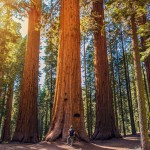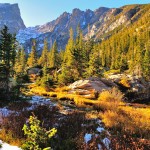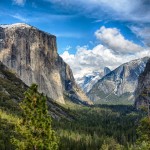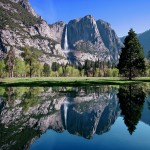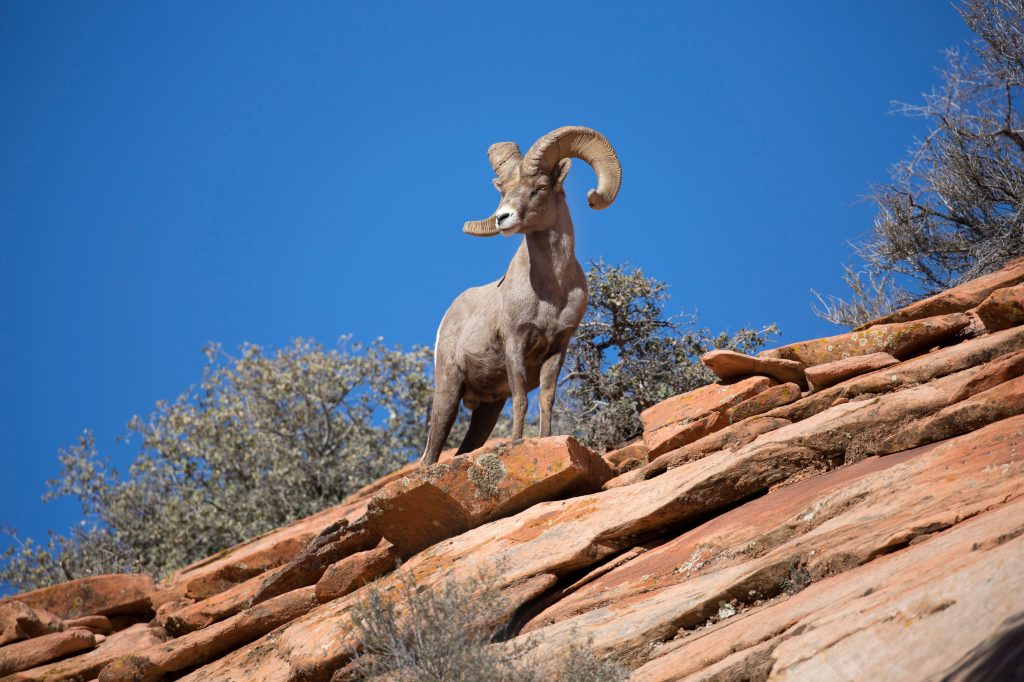Overview of Wildlife Management
The study of wildlife management involves building a broad understanding of how wild animals exist within their habitats, environments and ecosystems, in addition to learning detailed concepts related to habitat management, population dynamics, and the factors that influence wildlife populations- including human, chemical and biological. Earning a degree in Wildlife Management is one of the many accepted educational paths to becoming a game warden, as well as other rewarding and respected environmentally centered careers such as a conservation officer, natural resource officer or wildlife manager.
Career Paths with a Degree in Wildlife Management
The career opportunities available to graduates of wildlife management programs depend largely on the type of degree earned. Individuals who hold an associate degree, typically find entry-level jobs in a wide variety of wildlife-related environments such as county and state parks. Common job titles include fish and wildlife technician, fish culturist, hatchery technician and aquaculture technician. Professionals who enter the field with a bachelor's degree in wildlife management typically experience broader opportunities that include habitat restoration, ecosystem research, law enforcement, animal identification, wildlife rehabilitation, mammal ecology, and marine research (to name a few). There are also open positions with prominent government agencies such as the Department of Environmental Conservation and the United States Fish and Wildlife Service. A master's degree in wildlife management prepares students for an abundance of careers within conservation, administration, law enforcement and wildlife biology. Graduates with advanced degrees are also equipped with the knowledge to fill positions in resource management, including research, administration and teaching positions. Listed below are a few of the many career paths available to students who hold a degree in Wildlife Management:
| Degree | Occupations |
|---|---|
| B.S. in Environmental Science- Fish and Wildlife | Fish and Wildlife Technician Fish Culturist Hatchery Technician Aquaculture Technician Ecologist Wildlife Management Specialist |
| B.S. in Fisheries and Wildlife Sciences | Wildlife Biologist Park Ranger Environmental Analyst Game Warden Habitat Restoration Specialist Marine Research Analyst Natural Resource Manager |
Bachelors in Wildlife Management- 4 Years
Undergraduate programs in fish and wildlife management prepare students for real life processes and strategies used in the field. This includes specialized techniques and concepts used in the management and conservation of wildlife and marine species and the protection of their habitats. Listed below are a few of the core competencies and abilities that graduates of wildlife management programs should possess before entering the workforce:
- Fundamental concepts and principles of the management of fish and wildlife resources.
- Ability to assess the impact of human activities on the survival and management of fish and wildlife populations.
- Familiarity with the regulations, policies and politics that influence the management of fish and wildlife in the U.S.
- Ability to assess the political, regulatory, and economic barriers that prevent the preservation and restoration of species and populations.
Sample Curriculum for a B.S. in Wildlife Management
The curriculum offered by most wildlife management programs is typically composed of introductory and intermediate level coursework meant to develop a students understanding of basic analytic and research methods, along with field courses meant to provide students with practical experience. Students are also offered the opportunity to declare a specialization or concentration within their major that helps them develop skills that cater to their personal interests and career goals. Most programs include internships requirements as well. The table below is a sample of some of the courses found in various fish and wildlife management programs nationwide, and is not meant to represent the specific curriculum of any college or university.
| Course | Course Description |
|---|---|
| Orientation to Fisheries and Wildlife | An introduction to professions in fisheries and wildlife. |
| Field Sampling of Fish and Wildlife | Analysis methods used in wildlife management and research. |
| Ichthyology | Biology of fishes: anatomy, taxonomy, physiology, behavior, ecology, evolution and zoogeography. |
| Applied Community and Ecosystem Ecology | Expansion of concepts introduced in General Ecology and Population Dynamics such as metapopulation theory and invasion biology. |
| Animal Physiology | An overview of how animals work and the functional organization of organism systems. |
| Marine Conservation Biology | Multiple perspectives on important scientific issues in marine conservation. |
Masters in Wildlife Management- 1-2 Years
Masters degrees in wildlife management are rigorous programs designed for professionals in the fields of Biology, Ecological Management, Natural Resource Management, Fisheries & Wildlife, and Environmental and Social Policy, who wish to accelerate their careers in a field of their choosing or propel them further into more advanced academic pursuits (a PhD). In addition to advanced level coursework, students are typically expected to define a research project and defend a thesis.
School Spotlight
A large number of colleges and universities offer programs in wildlife management or programs that support similar career outcomes such as fisheries & wildlife administration, wildlife conservation or natural resources. While the quality of these programs is often measured by methods similar to those used to measure the overall quality of an institution as a whole, (cost, number of distinguished faculty, research resources and graduation rates) there are several notable factors that uniquely benefit students pursuing degrees in environmental studies or wildlife management, such as access to natural habitats, that we've chosen to acknowledge and highlight.
University of Idaho Department of Fish and Wildlife Sciences
The University of Idaho Department of Fish and Wildlife Sciences offers an M.S. and PhD in Natural Resources. Through advanced coursework and practical work in the field, students learn advanced principles for protecting and managing the challenges facing the natural world. In addition to providing a remote wilderness research station, students are provided with access to thousands of acres of waterways, rangelands and forests. Students also have the privilege one of the country's largest DNA and genetics laboratories designed to study wild animals and plants.
College of Food, Agricultural and Natural Resource Sciences at the University of Minnesota
The Natural Resources Science and Management (NRSM) Graduate Program offered by the College of Food, Agricultural and Natural Resource Sciences at the University of Minnesota is one of the top ranked programs of its kind. Through state-of-the-art research facilities that includes upwards of 10 unique research centers in communities throughout the state of Minnesota, students learn to manage natural resources, protect the environment, and address issues ranging from global climate change to renewable energy.
Organizations in Support of Wildlife Management
| Organization | Description |
|---|---|
| Friends of the Earth International | Friends of the Earth International is a global network with more than two million members in 75 different countries. In the U.S., Friends of the Earth advocates to defend public health and the environment in Congress, state capitals and community groups with the goal of creating a healthy environment for all people. |
| Forest Stewardship Council (FCS) | FCS is an independent, non-profit organization who seeks to meet our society's needs for forest products through "environmentally sound, socially beneficial and economically prosperous management of the world's forests." |
| National Wildlife Federation | The National Wildlife Federation is dedicated to helping wildlife in the U.S. survive the challenges of the 21st century, such as climate change and habitat lost. It has over 4 million members who participate in grassroots efforts associated with a variety of wildlife issues. |
| The Nature Conservancy | As a leading conservation organization, Nature Conservancy works internationally to protect ecologically important lands and waters. Its over 1 million members finance battles against the most pressing conservation threats. |
| Wildlife Conservation Society | Since its founding in 1895, the Wildlife Conservation Society's mission has been to save wildlife and wild places all over the world. It is committed to protecting 25 percent of the world's biodiversity, addressing climate change, natural resource exploitation, the connection between wildlife health and human health, and the sustainability of human livelihoods. |






